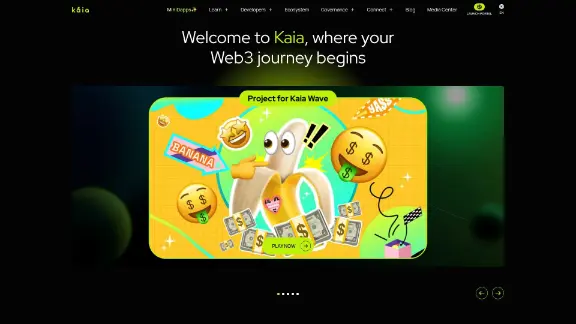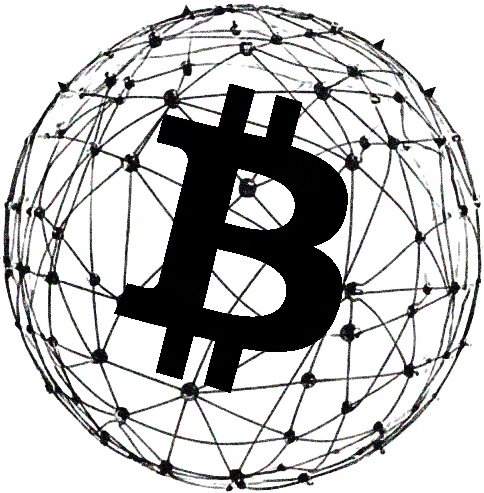Kaia (KAIA)
Kaia is a Layer 1 EVM-compatible blockchain created from the merger of the Finschia and Klaytn blockchains. This integration was completed on August 29, 2024, to enhance blockchain adoption by focusing on scalability, reliability, and user-friendliness. Kaia boasts high performance, capable of processing 4,000 transactions per second with 1-second finality, and offers gas fees significantly lower than Ethereum's. It is governed by a global council of major corporations.
The network consists of three subnetworks: the Core Cell Network for transaction processing, the Endpoint Node Network for API handling and service chain links, and the Service Chain Network for supporting specific decentralized applications (dApps). Kaia employs a modified Istanbul BFT consensus with VRF-based randomness and committee-based selection for efficient block generation. The Kaia Virtual Machine (KVM) is compatible with Ethereum, facilitating contract migration and cross-chain operations.

| Ticker | KAIA |
| Category | Smart Contract Platform |
| Website | https://kaia.io/ |
| @kaiachain | |
| Telegram | KaiaChain_EN |
Tokenomics ($KAIA)
Allocation
Kaia's native token, KAIA, supports the blockchain’s economic framework with an initial annual inflation rate of 5.2%. Validators earn KAIA for maintaining network health. Token allocation is structured as follows:
- 50% to Network Participants and Staking:
- 20% to Block Creators
- 80% to Staking Rewards
- 25% to Kaia Ecosystem Fund (KEF) for growth and development
- 25% to Kaia Infrastructure Fund (KIF) for infrastructure stability
Burning mechanism
Kaia incorporates a 3-Layer Burn Model to manage token circulation:
- Transaction-Based Burning: A portion of transaction fees is removed from circulation.
- Maximal Extractable Value (MEV) Burning: Extra profits from transaction ordering are partially burned.
- Business-Based Burning: Services within the ecosystem are encouraged to burn KAIA to support network growth.
Governance
Kaia's governance is conducted on-chain, with KAIA tokens determining voting power. Initially, a Governance Council oversees key decisions, transitioning to a more decentralized model involving DAOs, builders, and community members over time. Governance phases begin with centralized stability, moving to inclusivity and diversity.
Nodes
The Kaia network operates with three node types:
- Consensus Nodes (CN): Validate transactions and generate blocks, requiring specific hardware and KAIA staking.
- Proxy Nodes (PN): Relay transactions between CNs and Endpoint Nodes (ENs) without requiring staking.
- Endpoint Nodes (EN): Provide public network access, needing technical expertise but not staking.
Partnerships
CARV
The Kaia Foundation has partnered with CARV to integrate identity and data management tools into the Kaia ecosystem. This collaboration enhances data ownership, privacy, and user verification while promoting the development of data-driven decentralized applications.
Dune
Kaia has integrated with Dune, a platform for blockchain data analytics. This partnership provides access to extensive datasets on Kaia's ecosystem, aiding in tracking transactions, gas fees, and dApp activities. This integration supports network growth analysis and offers developers tools for customized data insights.
